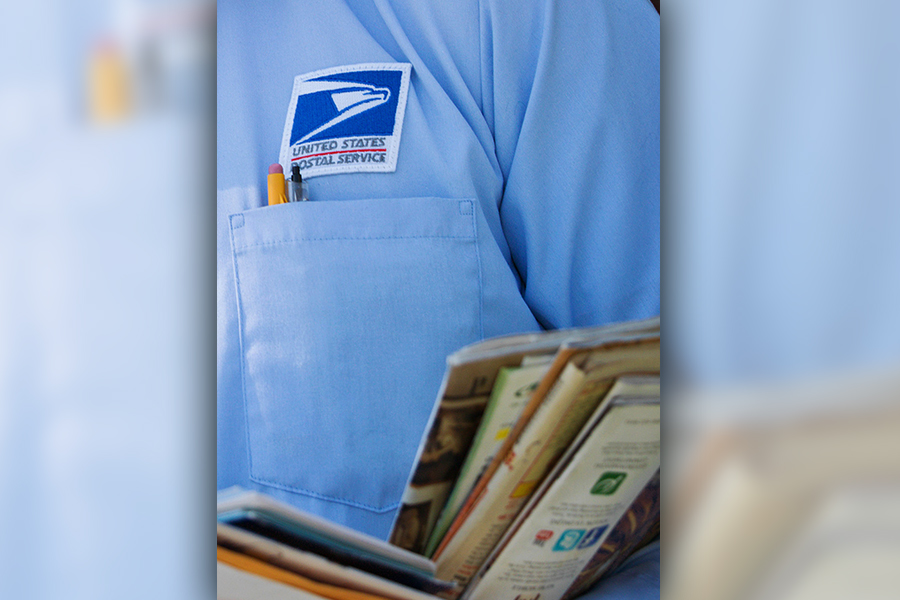
A Comprehensive Examination
The recent announcement that United Parcel Service (UPS) will end its long-standing delivery contract with the United States Postal Service (USPS) has sent shockwaves through the logistics industry. This shift will have far-reaching implications for consumers, businesses, and the postal service itself. This analysis delves into the complexities of the situation, examining its various perspectives and potential consequences.
Consumers will likely face changes in their delivery options and costs. UPS had a significant presence in last-mile delivery for USPS, handling packages that do not fit into standard mailboxes or require special handling. With the contract termination, these packages will now be handled exclusively by USPS.
This transition may lead to:
- Delayed deliveries: USPS may face capacity constraints as it takes on additional package volume, potentially leading to longer delivery times.
- Increased costs: UPS's services generally come with higher rates than USPS. Consumers may see an increase in shipping costs for larger or heavier packages.
- Reduced convenience: UPS offered additional services such as scheduled pickup, weekend delivery, and signature confirmation. These options may no longer be available for packages delivered by USPS.
Businesses that rely on UPS for package delivery will also be affected by the contract's end. UPS provided businesses with competitive shipping rates and reliable service.
The following challenges may arise:
- Increased shipping costs: USPS rates are often higher than UPS rates for commercial customers, leading to potential cost increases for businesses.
- Limited delivery options: USPS may not offer as wide a range of delivery options as UPS, limiting flexibility for businesses.
- Potential delays: Capacity constraints at USPS could result in delivery delays, affecting business operations.
The loss of UPS's delivery services will have a significant impact on USPS. The postal service has been struggling financially in recent years, and the pandemic has further exacerbated these issues.
The contract termination could have:
- Reduced revenue: UPS's delivery services accounted for a substantial portion of USPS's revenue. This loss could put further strain on the postal service's finances.
- Increased operational costs: USPS will have to invest in infrastructure and manpower to handle the additional package volume, which could lead to higher operating costs.
- Capacity limitations: USPS may face challenges in handling the increased package volume, leading to potential bottlenecks and delays.
Perspectives of Stakeholders
Consumers: Consumers will generally face higher costs and reduced convenience with the end of the UPS-USPS contract. However, some may benefit from improved reliability if USPS makes significant investments in its infrastructure.
Businesses: Businesses will face increased costs and reduced flexibility in their shipping options. This could lead to a competitive disadvantage for businesses that rely heavily on package delivery.
USPS: USPS faces significant financial and operational challenges with the loss of UPS's services. However, it also has the opportunity to improve its efficiency and customer service if it can effectively handle the increased package volume.
Policy Implications
The end of the UPS-USPS contract raises questions about the future of postal services in the digital age. The postal service may need to consider:
- Exploring partnerships with other delivery companies
- Investing in technology to improve efficiency
- Reevaluating its pricing structure to maintain competitiveness
The end of the UPS-USPS contract marks a significant turning point in the logistics industry. Consumers will face changes in delivery options and potential cost increases. Businesses will need to adapt to new shipping costs and logistics. The USPS will face financial and operational challenges but also has the opportunity to reshape its service offerings.
This shift underscores the evolving nature of the logistics industry and raises important questions about the future of postal services. It will be crucial for all stakeholders to navigate these changes effectively to ensure a sustainable and efficient delivery system.

Post a Comment